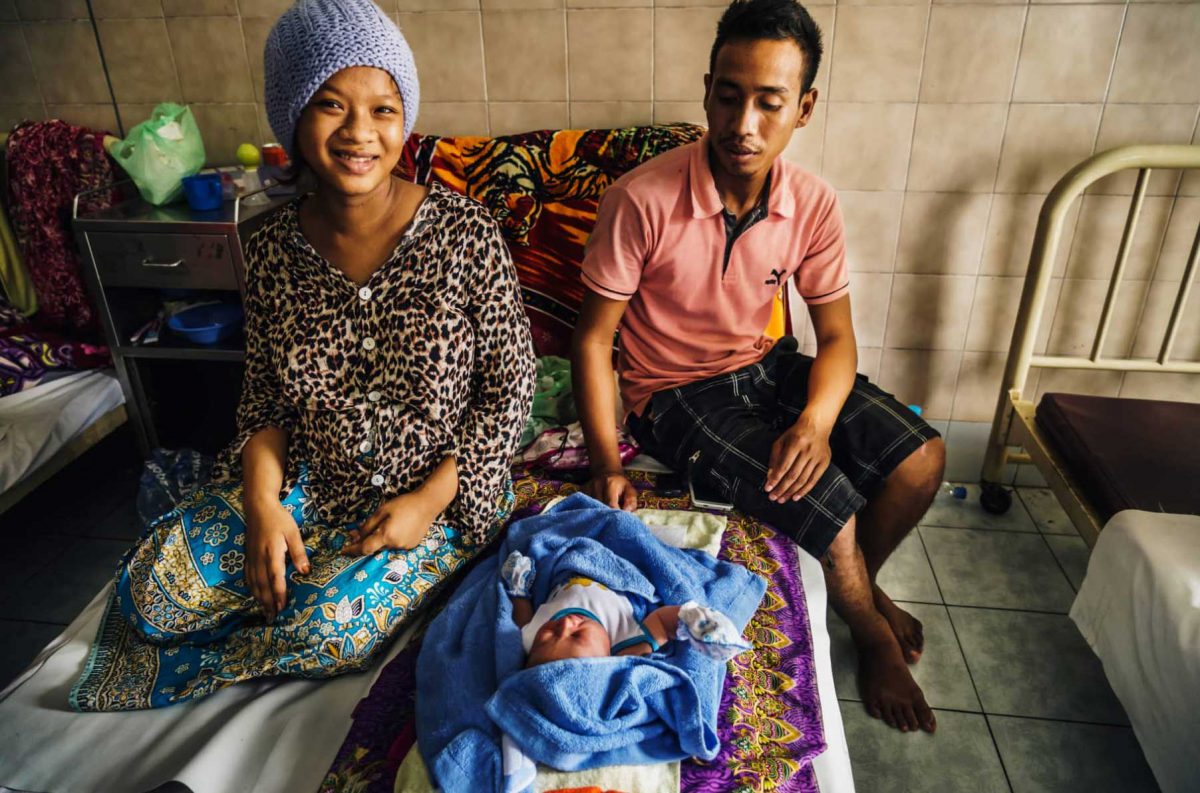

On this page, you will find a list of definitions and concepts to help better understand and inform efforts to applying a gender and equity lens to everything we do. The listed definitions and concepts are not exhaustive, but will be added to periodically as we move forward.
Source: WHO, Gender mainstreaming for health managers: a practical approach, 2011

Feedback
Notification
